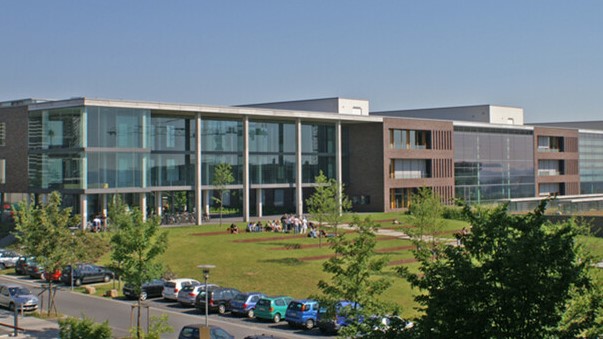- Indico style
- Indico style - inline minutes
- Indico style - numbered
- Indico style - numbered + minutes
- Indico Weeks View
Additive Manufacturing for Linear Accelerators Workshop
→
Europe/Berlin
02.201a/b (Goethe University Frankfurt am Main)
02.201a/b
Goethe University Frankfurt am Main
Max-von-Laue-Str. 1
60438 Frankfurt am Main
,
Description

-- All you need to know (click here) --
Welcome to AM 4 Linacs, a workshop dedicated to exploring how additive manufacturing (AM) can support and advance linear particle accelerators. Taking place on July 31 and August 1, 2025, this event brings together researchers, engineers, students, and industry professionals to discuss current advancements, challenges, and opportunities in this exciting field. Whether you’re experienced with AM, just starting to explore its potential, or simply curious, this workshop offers a welcoming space to connect, share ideas, and learn together. We encourage everyone, including students with an interest in AM and linacs, to join the workshop.
We are looking forward to meeting you!
Hendrik Hähnel & Michael Mayerhofer
Workshop Partners:
Contact


